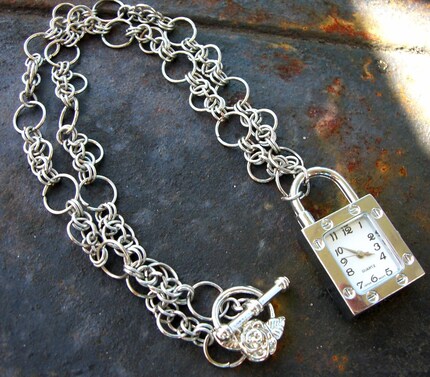Again, sorry for the lack of communication. I'm still busy making stuff, I just haven't been in the right frame of mind for blogging about it yet.
In fact I'm still not. This post is about creativity.
EEP! Better put a picture in so people don't get bored!
 Phew.
Phew.Anyhoo, there are two ways to tell someone their creative. You can say "Wow! That's so creative!" or you can say "Hmm. Very... creative." I'm the second one ("creative" and "interesting" are interchangeable). It's not that people don't like my work (they very much do), but think that people have trouble figuring out where my inspiration comes from. Which is understandable because I have the same problem.
Picture.

When I was in high school, I studied Art for my senior years (11 and 12 for the Aussies out there). We had to do a Visual Diary, telling the story of how we developed the ideas for our artwork. I totally sucked at it. In fact, I totally sucked at the subject. I got a C and I swear that just because the teacher liked me. See, it's just not how I roll. I don't plan. My inspiration arrives and I just go with it. Structured courses and me don't mix when it comes to creativity.
I'd really like to hear from others about where their ideas come from. Is there others like me out there who can't tell you what their doing until they've done it? Is structure the only way you can finish? Let me know :)

















